For many years, Costa Rica has been a leader in sustainability and sustainable travel. It proudly shelters more than five percent of the known biodiversity in the world, is home to 29 national parks, operates on 98 percent renewable energy and has 26 percent of protected landmass. It also offers eco-friendly hotels and transportation as well as a wealth of eco-travel experiences. Here are five we’re looking forward to trying when we get to visit Costa Rica.
Ziplining
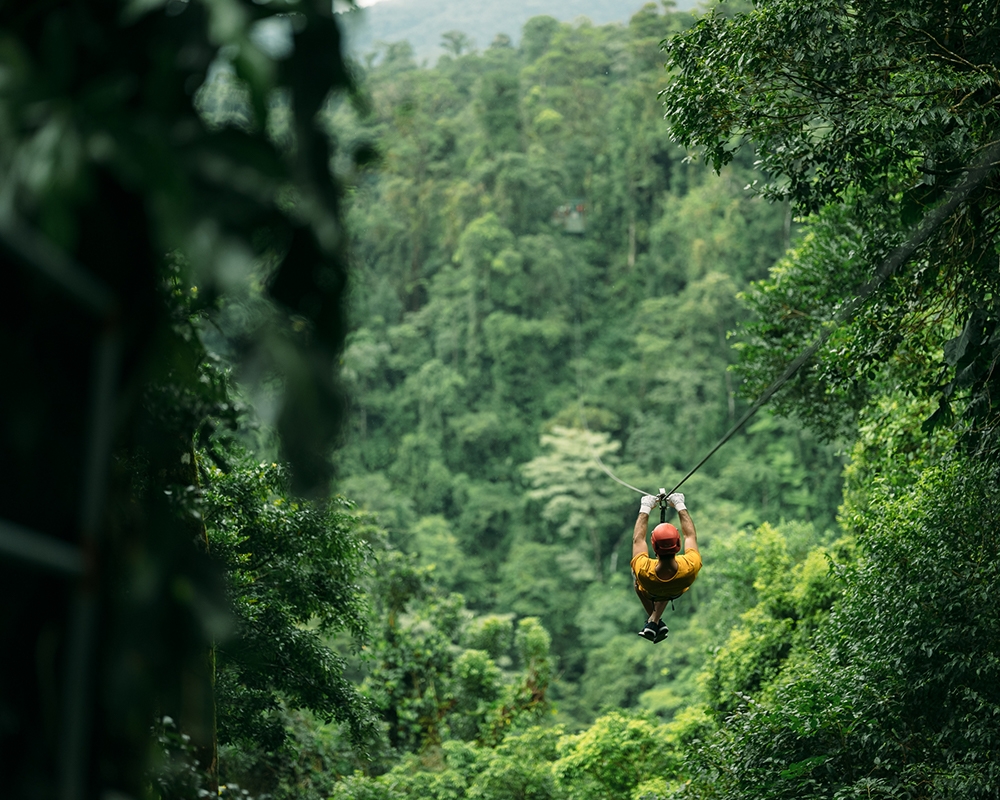
Costa Rica was an early adopter of reforestation as a carbon renewal method, having recovered around 10 percent of its forests in the 1980s and achieving 55 percent protected lands today. Ziplining is the best way to experience its immense rainforests. Canopy tours last around two or three hours and are a great way to observe the forest and wildlife, including more than 400 species of birds. (Photo courtesy of Costa Rica Tourism Board)
Behind the scenes hotel tours
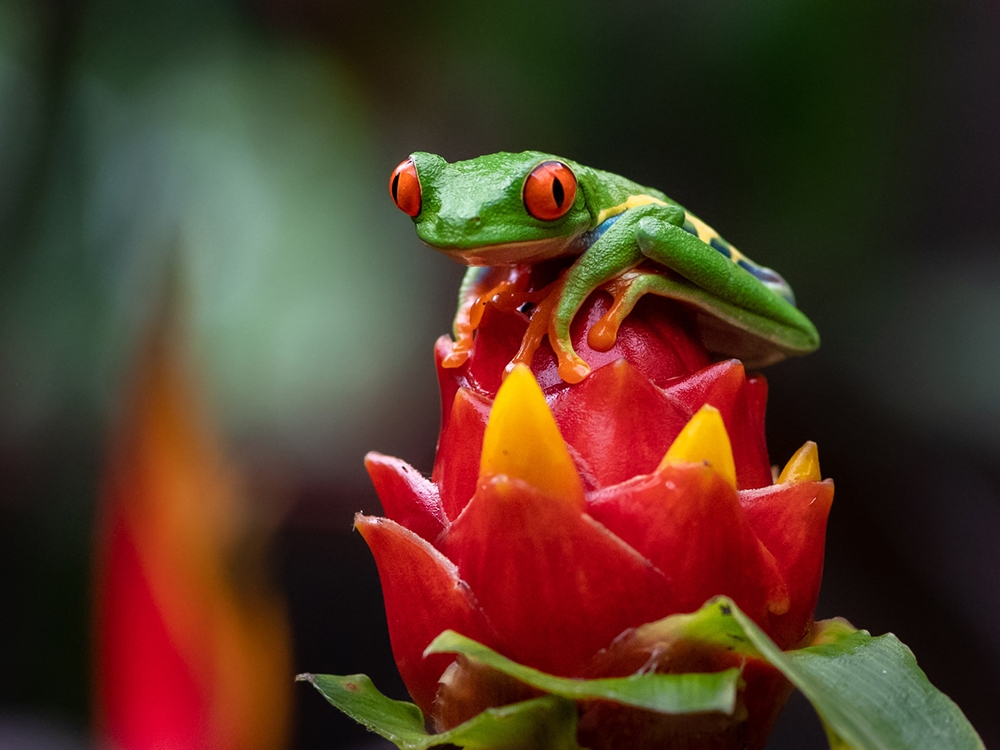
Several hotels and lodges offer sustainability tours to their guests. These tours give visitors a look at the inner workings of running a sustainable hotel and the inventive design and infrastructure solutions that make these properties appealing to eco-travelers. Tour guides show everything from the property’s farming methods and waste management efforts, to water conservation and kitchen composts. Several hotels employ only members of the local community, invite guests to join tree-planting programs and have created wildlife sanctuaries on-site. (Photo of tree frog by Harry Collins | Canva)
Rural tourism experiences
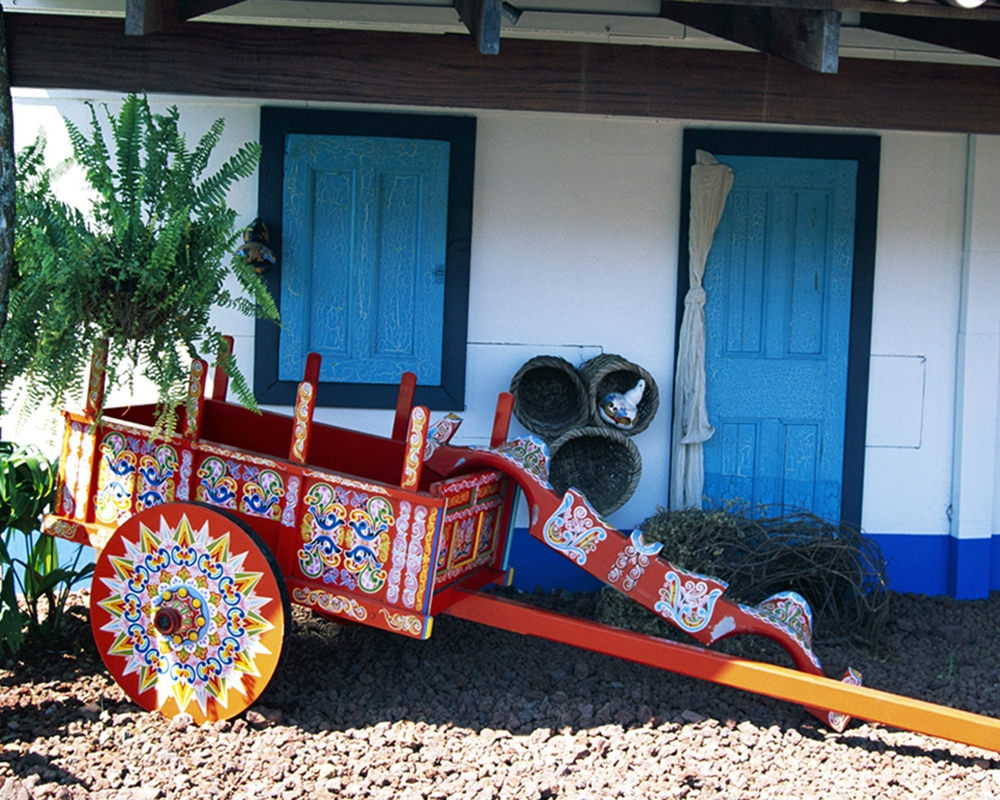
Costa Rica offers travelers many opportunities to spend a day (or more) working with or visiting a local community that has benefited from tourism dollars or can participate in a family-run tour. For example, they can visit the historic towns of Sarchi and San Antonio de Escazu to learn more about Costa Rica’s oxcart tradition. Families hand-painted oxcarts in beautiful patterns and colours and used them to transport coffee over the mountains for decades. Today, the colourful oxcarts serve as a symbol of Costa Rican pride and small souvenir versions, handmade by locals, can be purchased at shops around the country. (Photo of oxcart factory, Costa Rica by Brand X Pictures | Canva)
Farm Tours
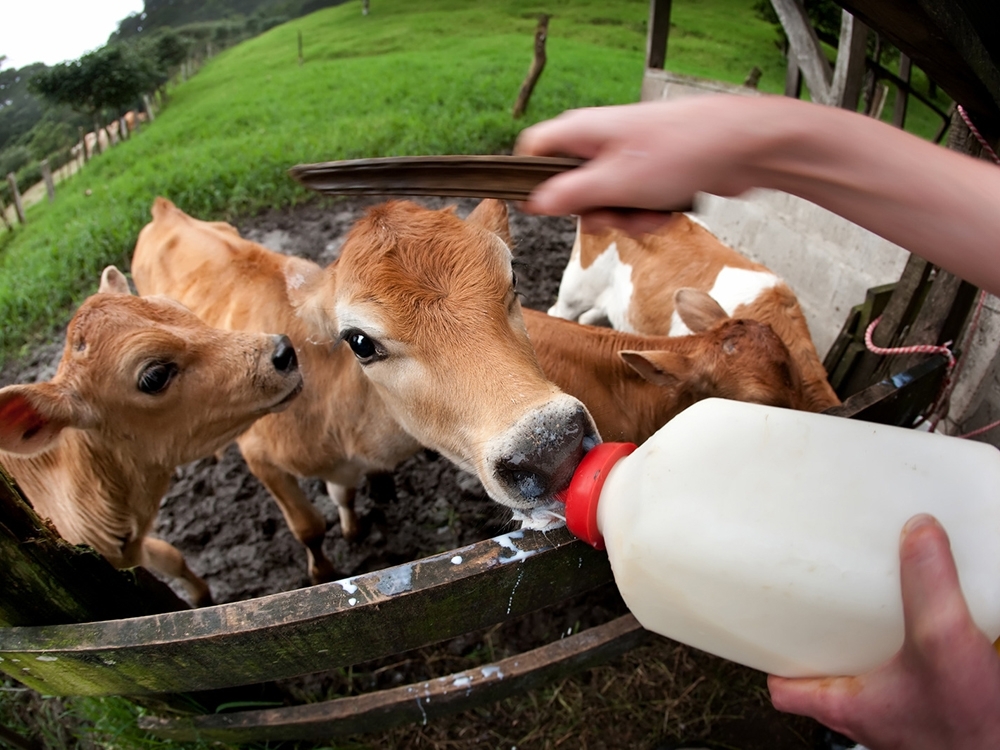
Visitors can easily learn about Costa Rica’s organic farming methods, medicinal plants and how to make sugar cane juice. In Monteverde’s cloud forest and in the small community of El Castillo in La Fortuna, travelers can learn about farming without the use of pesticides or chemical fertilizers to produce hyper local milk and cheese, can try their hand at milking cows, learn about sustainable farming practices, and enjoy an authentic meal produced with ingredients made on-site. (Photo of calves being fed on farm in Costa Rica by Creatista | Canva)
Coffee Plantation Tours
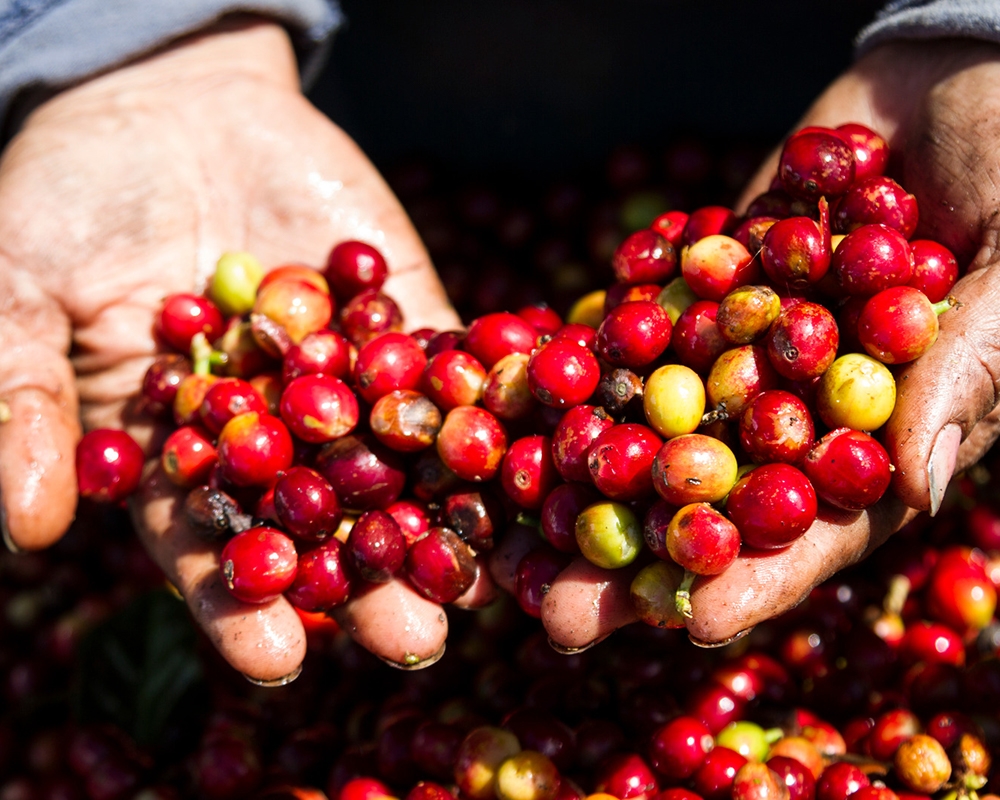
Costa Rica is the thirteenth largest producer of coffee in the world. Visiting a coffee plantation is an excellent way to learn about Costa Rica’s coffee harvest and long history of coffee production while giving back to the local community. Many coffee farms have been run by the same family for decades, and utilize natural compost, solar energy and fair trade. And every time someone purchases a bag of coffee in Costa Rica, four percent of the money goes back to the local schools. Primary education is mandatory in Costa Rica. (Photo of fresh-picked coffee beans by Arnoldophoto | Canva)
 Established in 1955, the Costa Rica Tourism Board (Instituto Costarricense de Turismo), alongside its private sector partners, spearheads the task of regulating and promoting Costa Rica’s extensive Tourism offerings. The board is represented in Canada by VoX International.
Established in 1955, the Costa Rica Tourism Board (Instituto Costarricense de Turismo), alongside its private sector partners, spearheads the task of regulating and promoting Costa Rica’s extensive Tourism offerings. The board is represented in Canada by VoX International.













